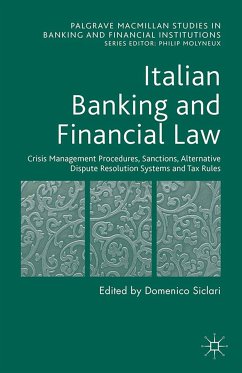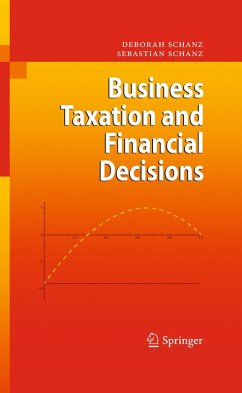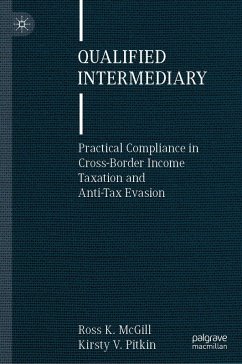
Digitalization in Finance and Accounting (eBook, PDF)
20th Annual Conference on Finance and Accounting (ACFA 2019) Prague, Czech Republic
Redaktion: Procházka, David
Versandkostenfrei!
Sofort per Download lieferbar
167,95 €
inkl. MwSt.
Weitere Ausgaben:

PAYBACK Punkte
84 °P sammeln!
This book explores current digitalization issues in finance and accounting with particular focus on emerging and transitioning markets. It features models, empirical studies and cases studies on topics such as Fintech, blockchain technology, financing renewable energy, and XBRL usage from sectors such health care, pharmacology, transportation, and education. Such a complex view of current economic phenomena makes the volume attractive not only for academia, but also for regulators and policy-makers, when deliberating the potential outcome of competing regulatory mechanisms.
Dieser Download kann aus rechtlichen Gründen nur mit Rechnungsadresse in A, B, BG, CY, CZ, D, DK, EW, E, FIN, F, GR, HR, H, IRL, I, LT, L, LR, M, NL, PL, P, R, S, SLO, SK ausgeliefert werden.












